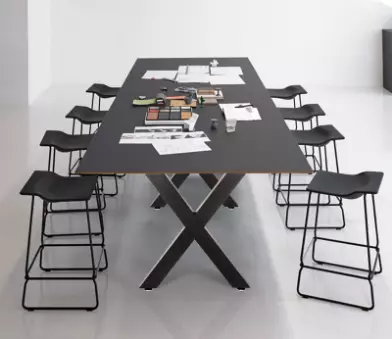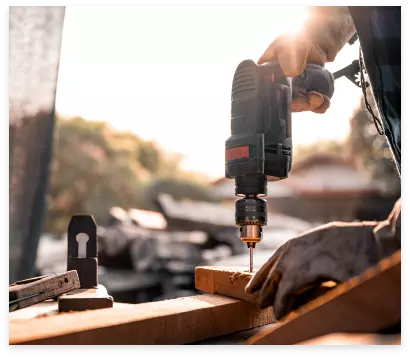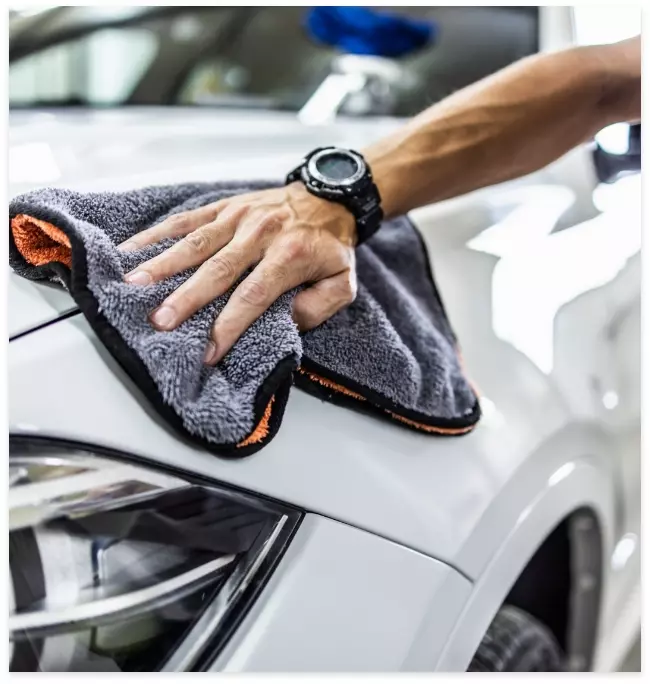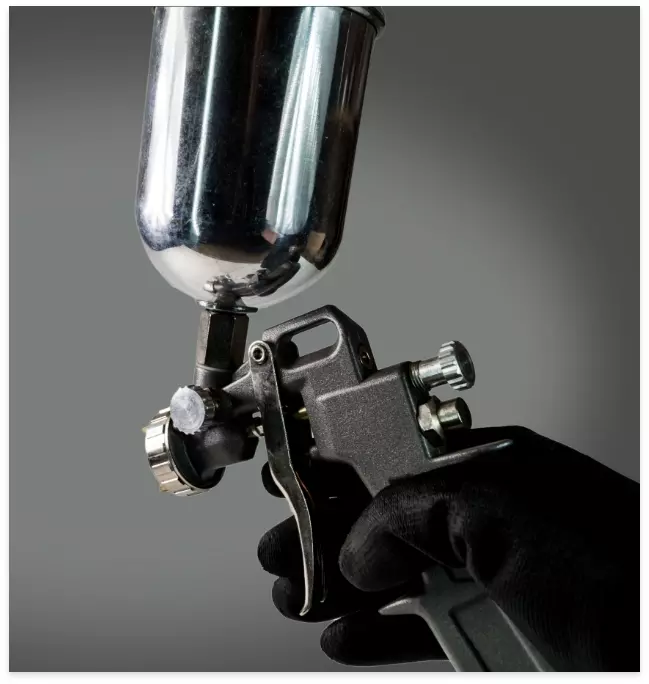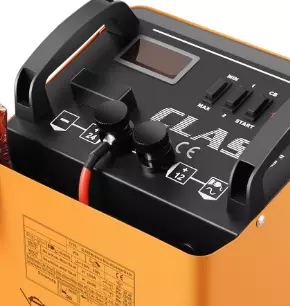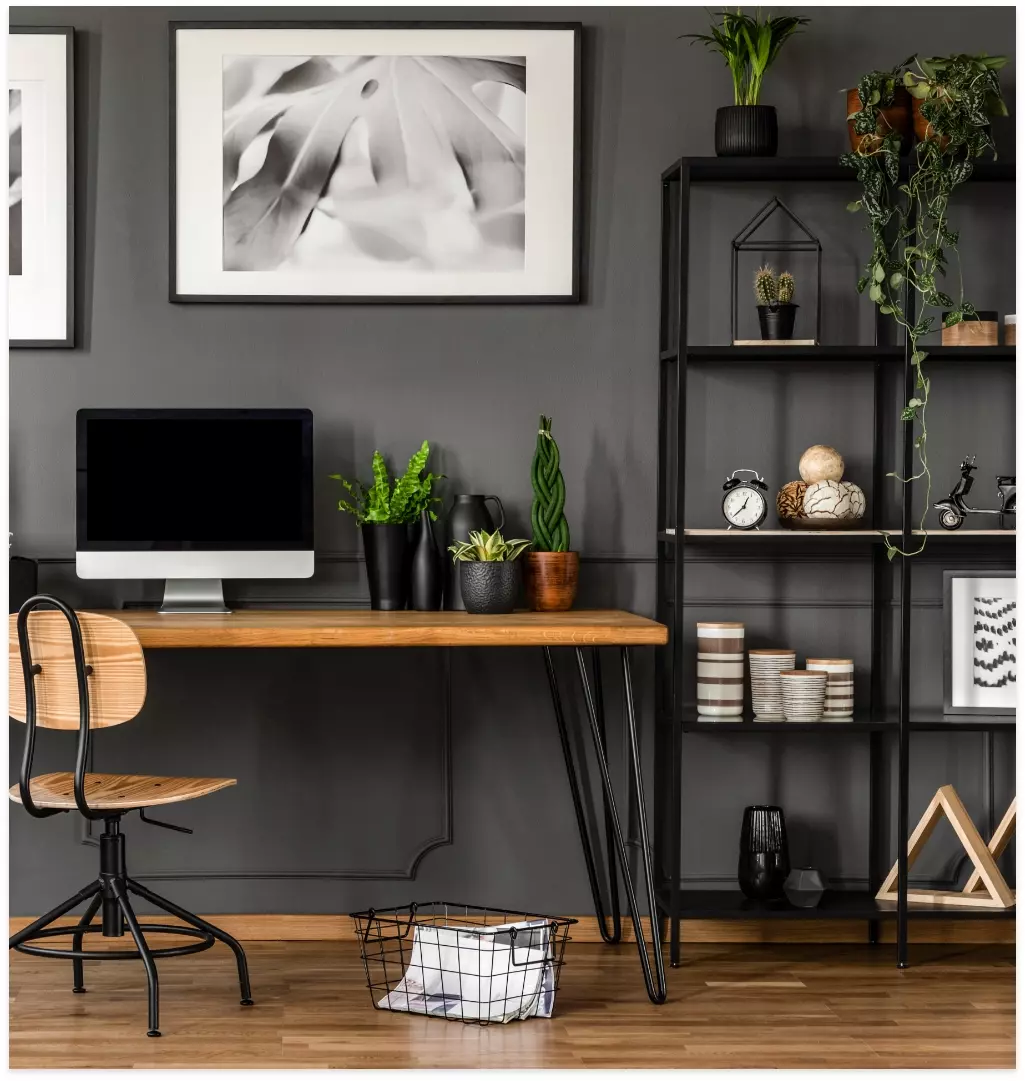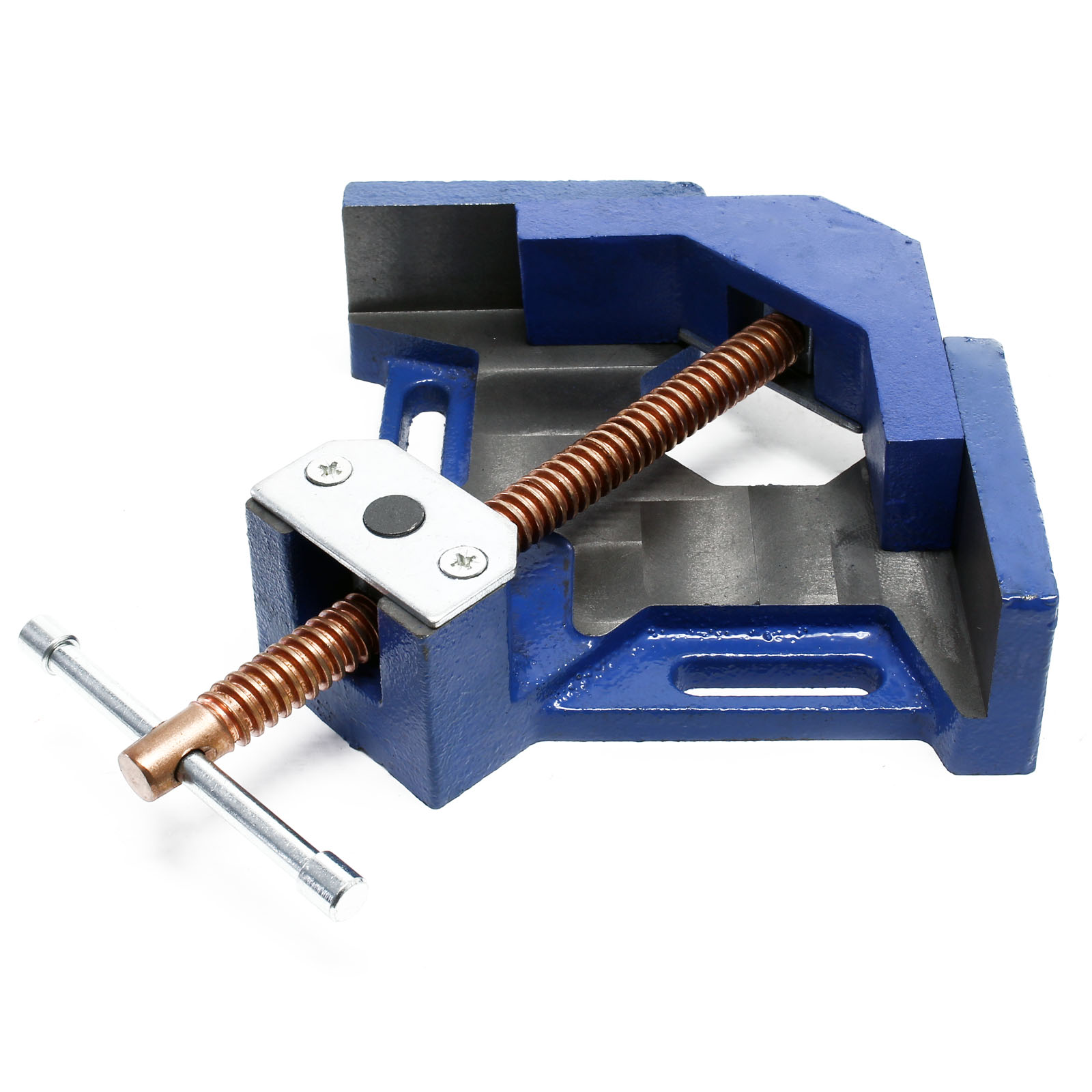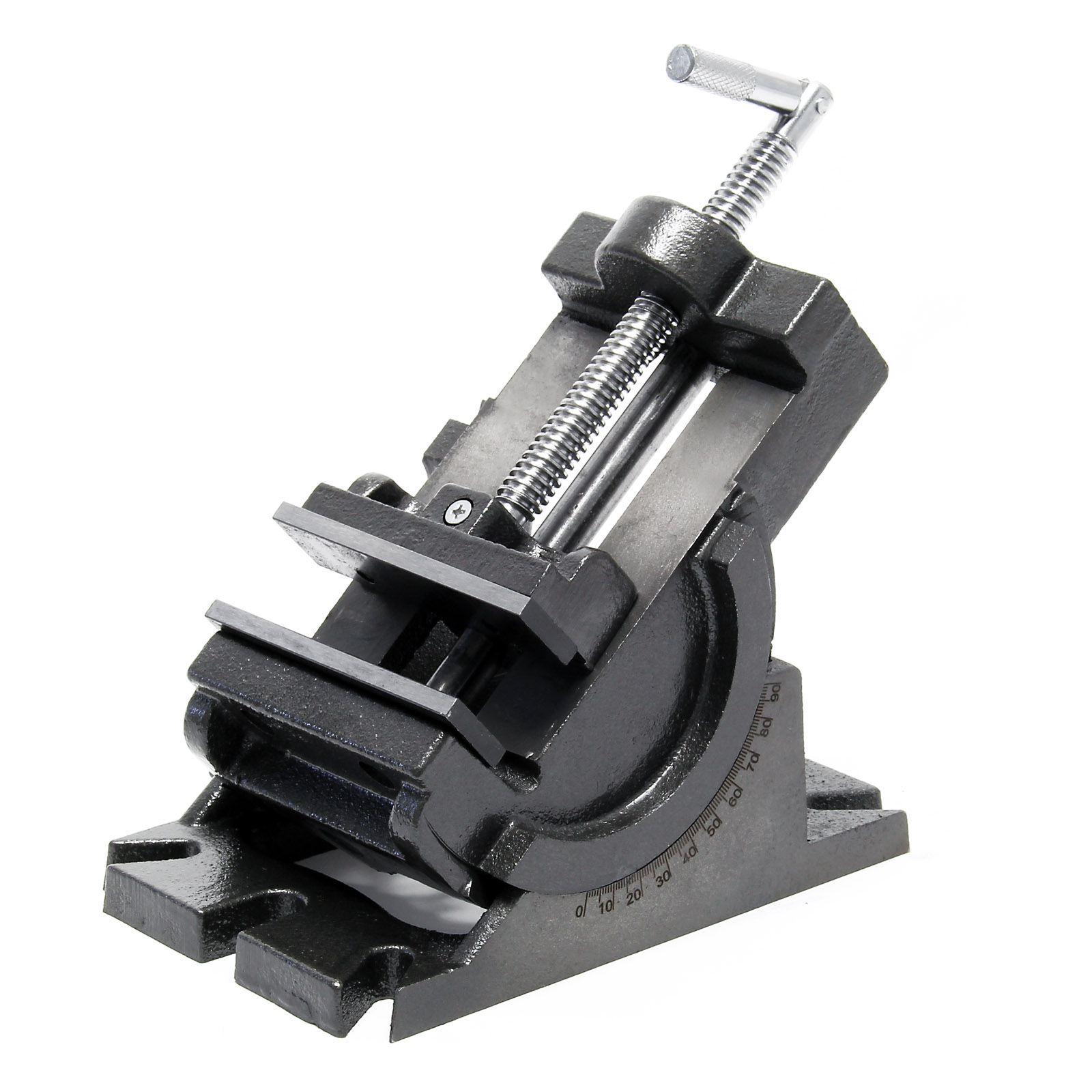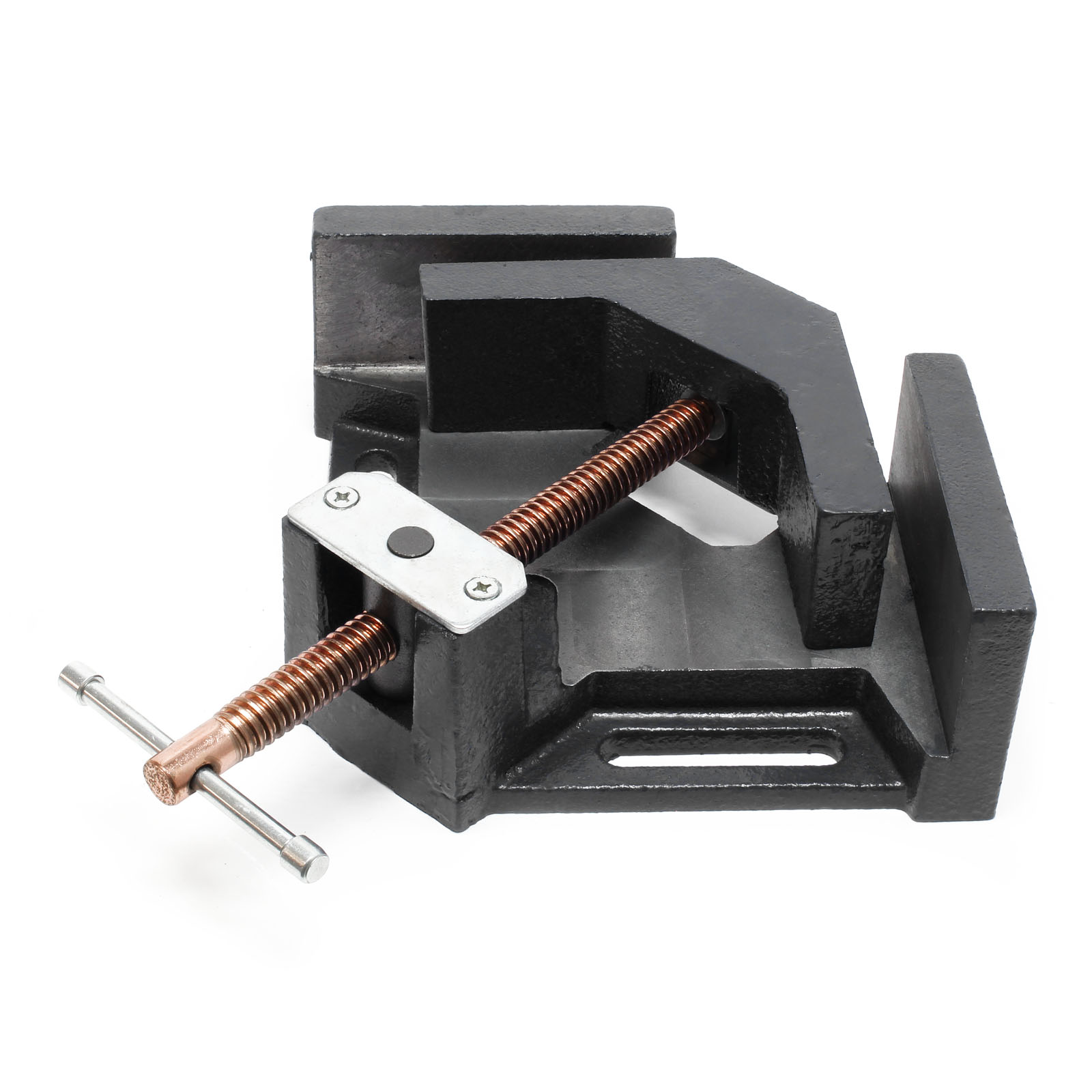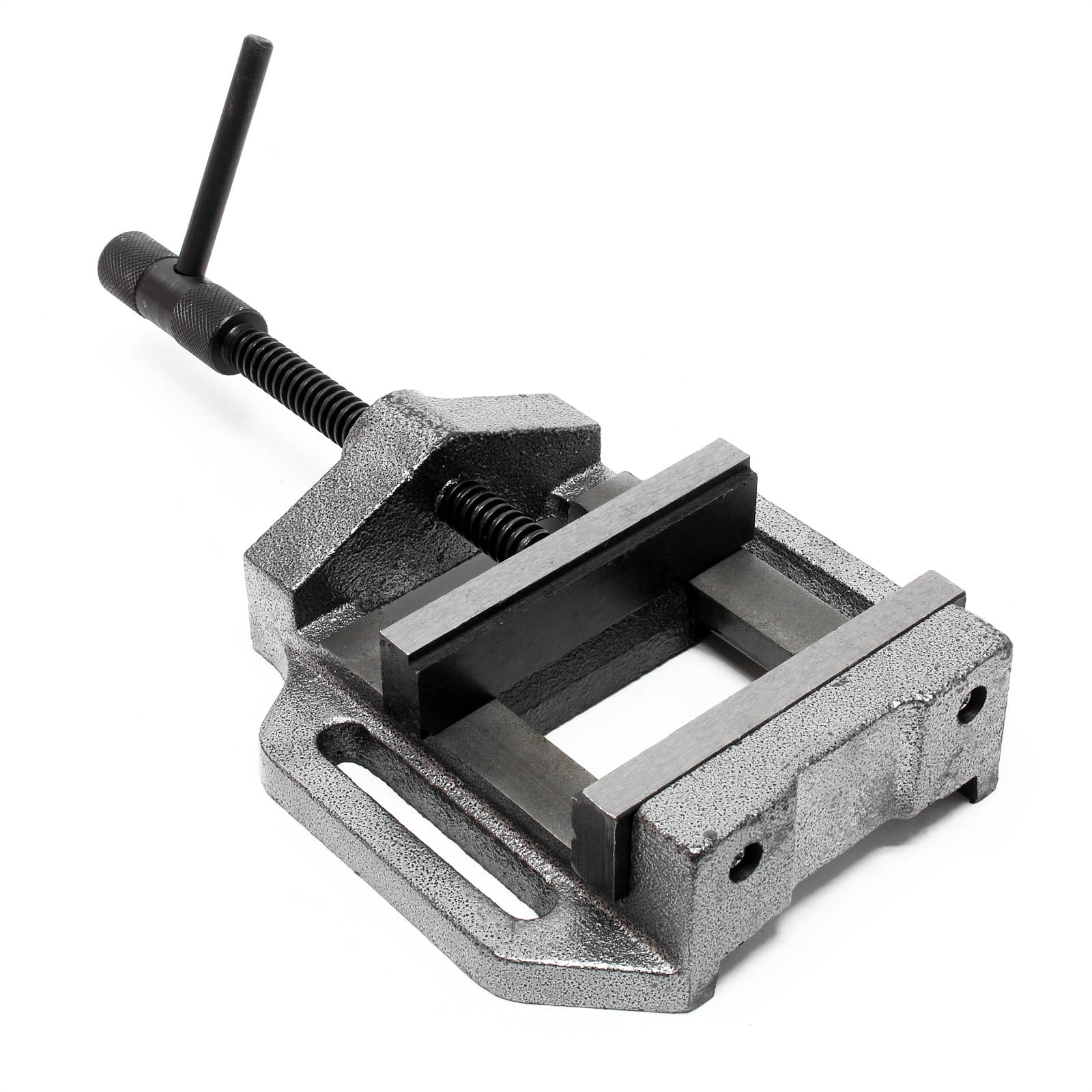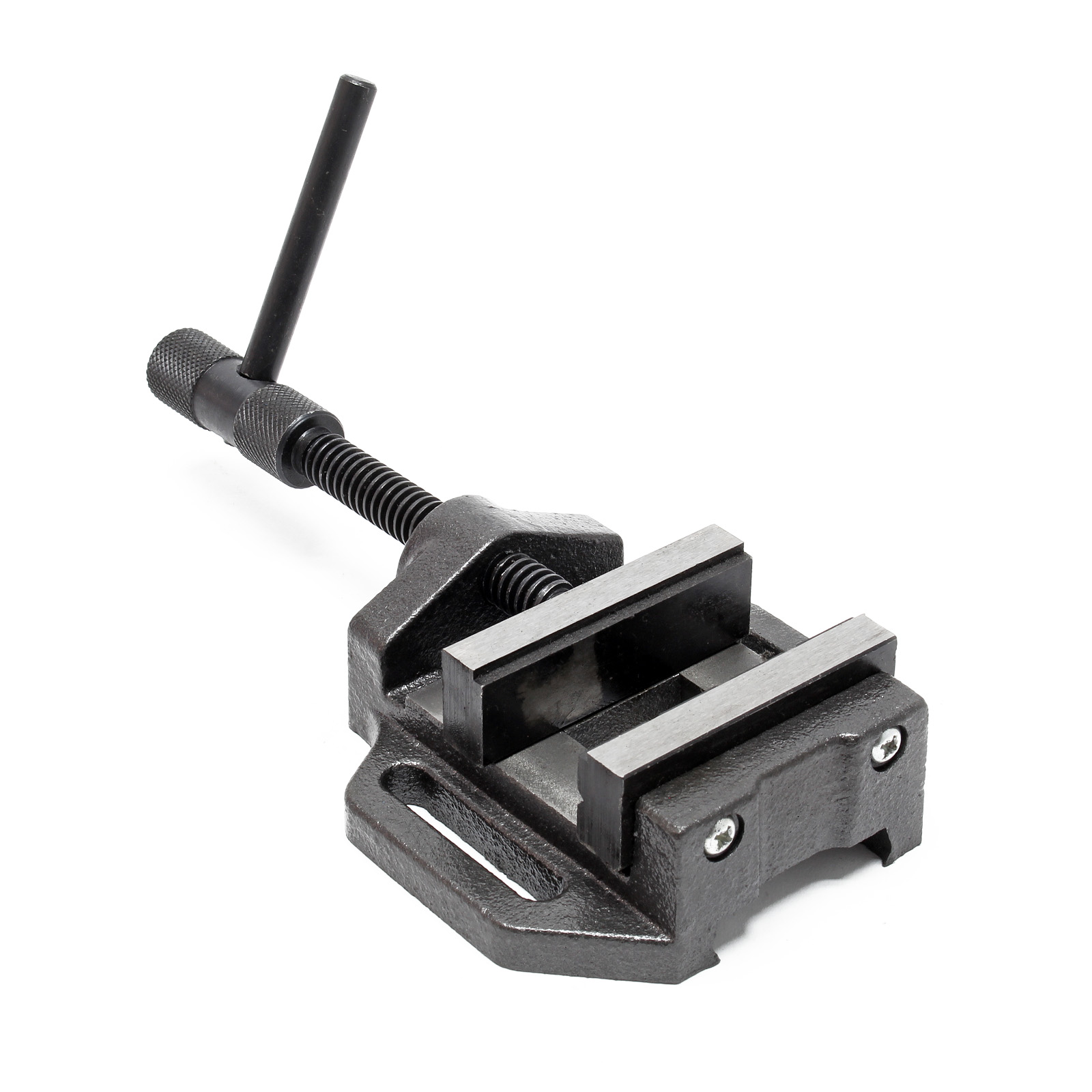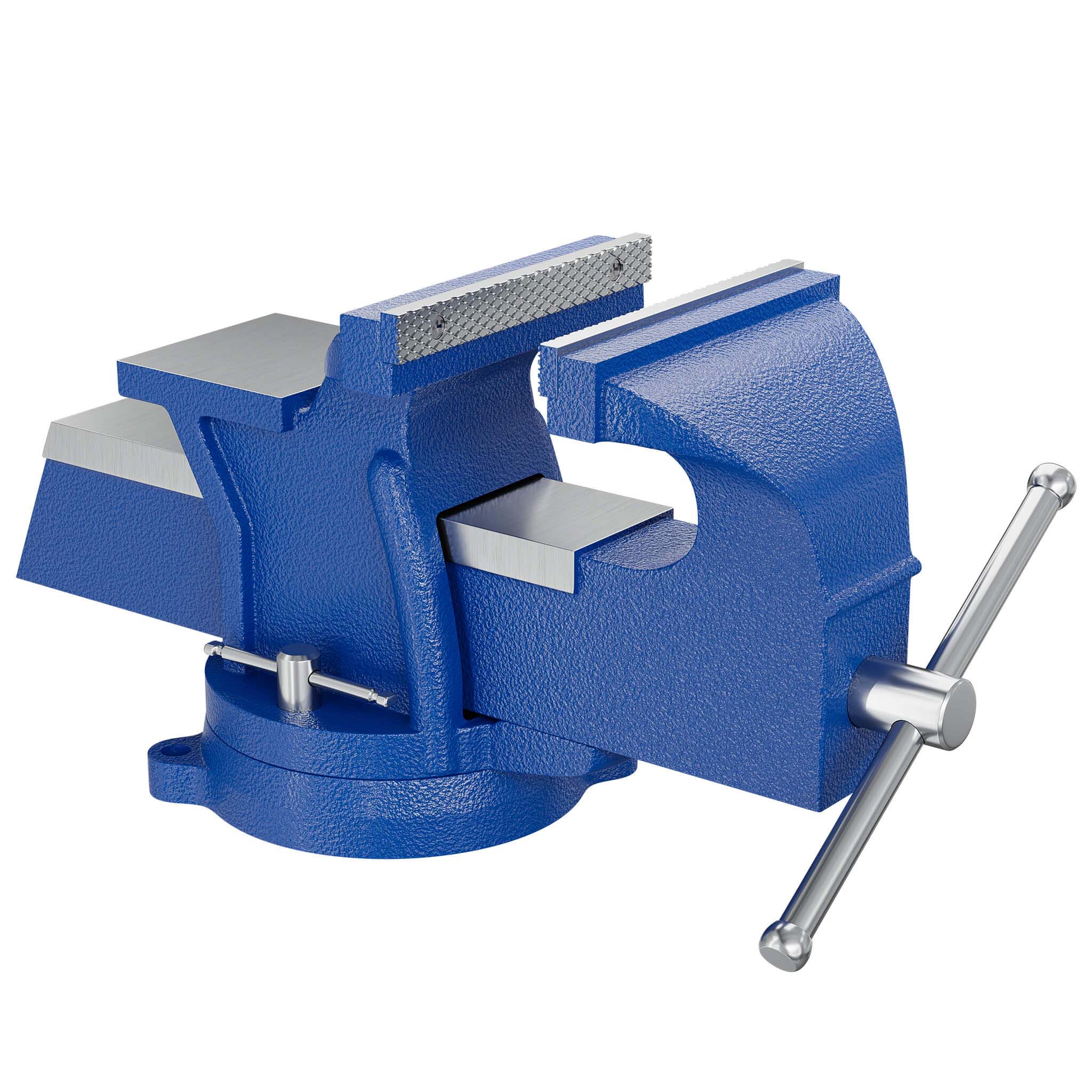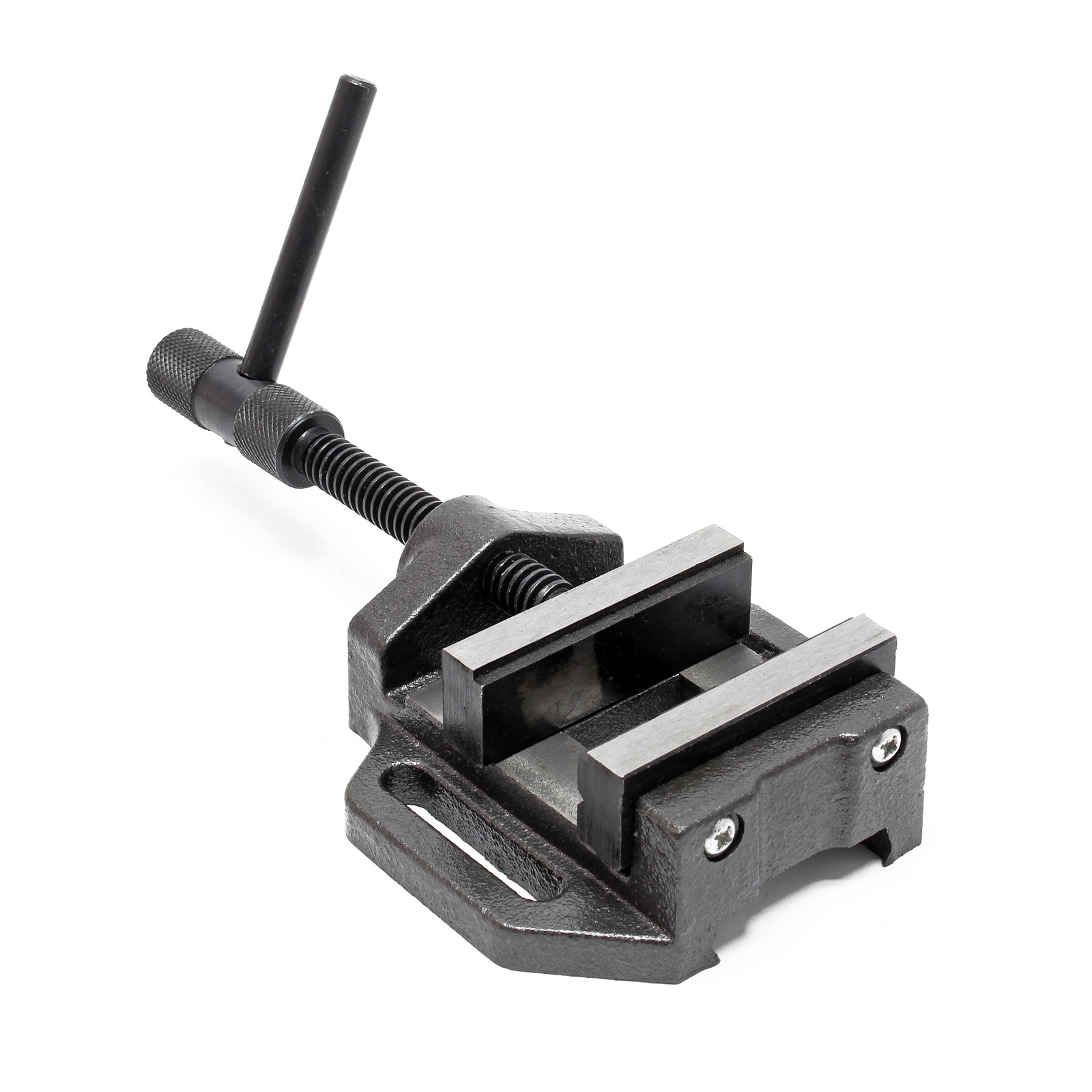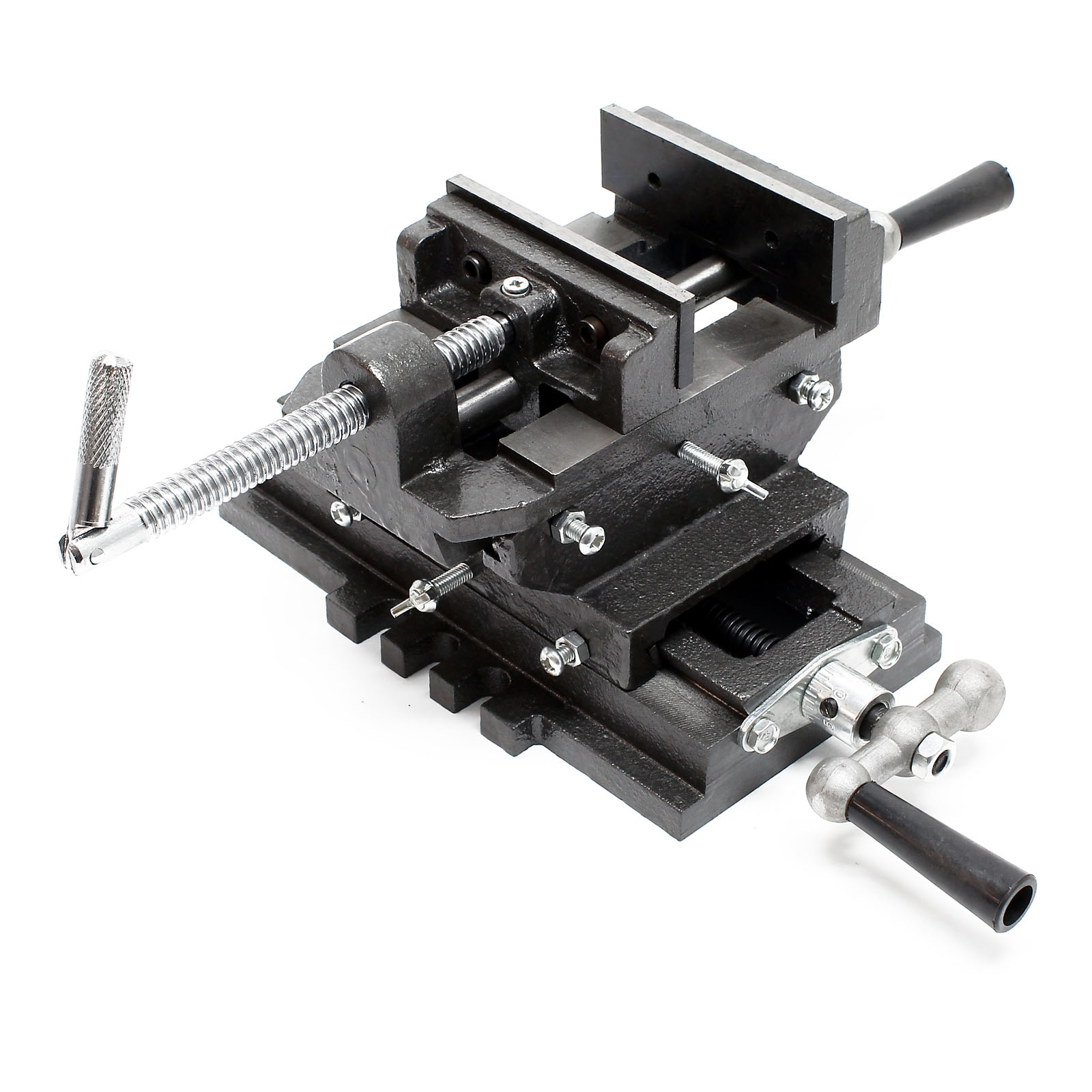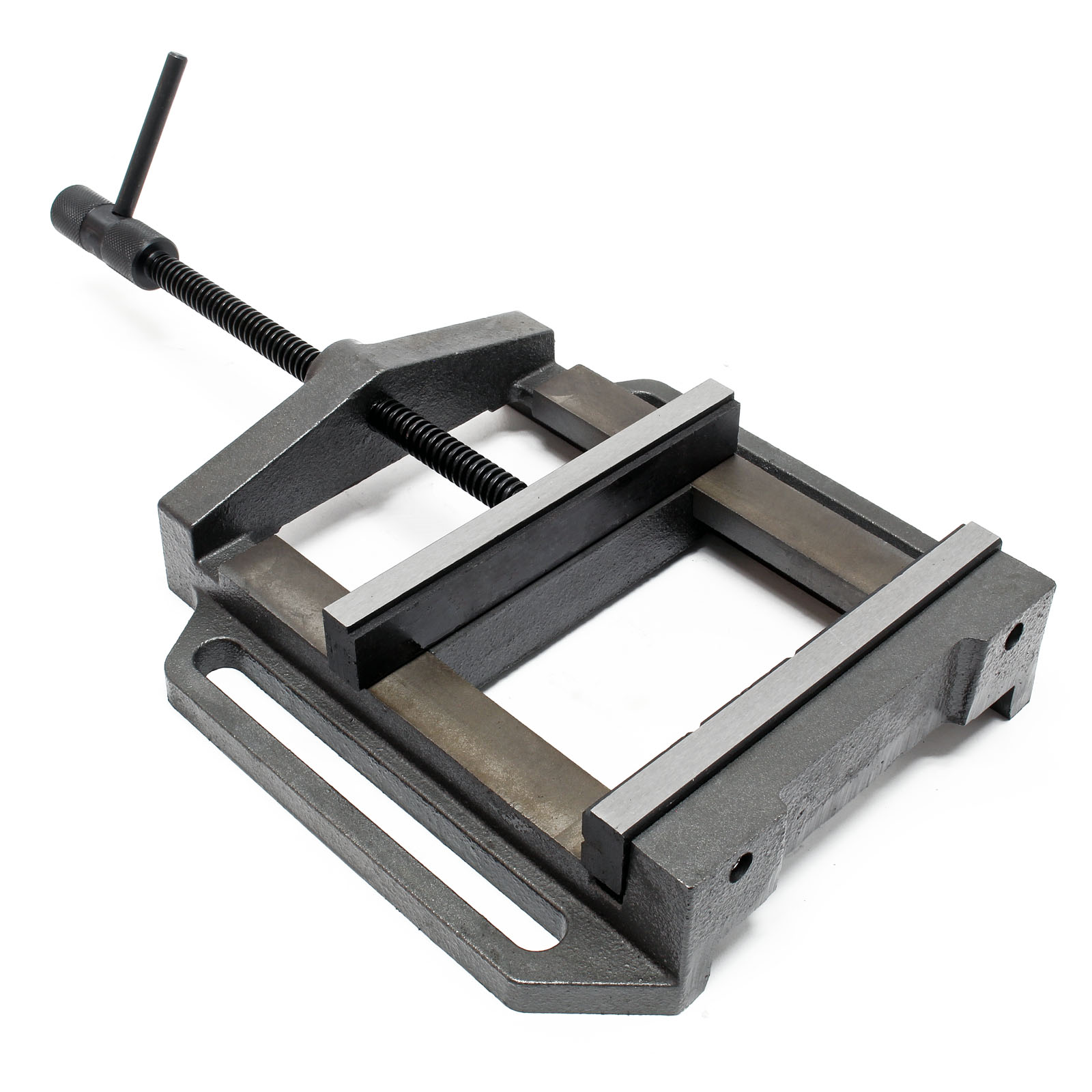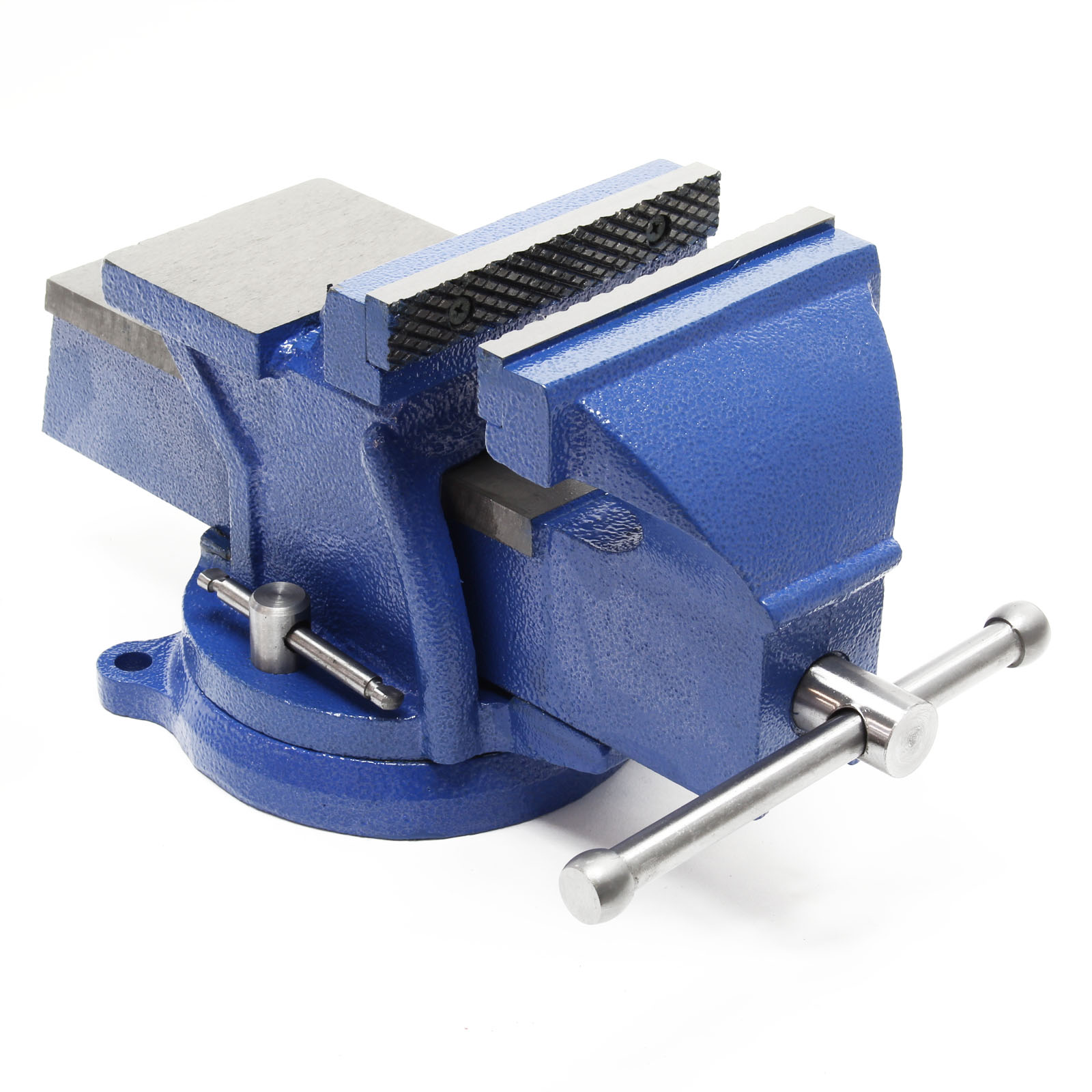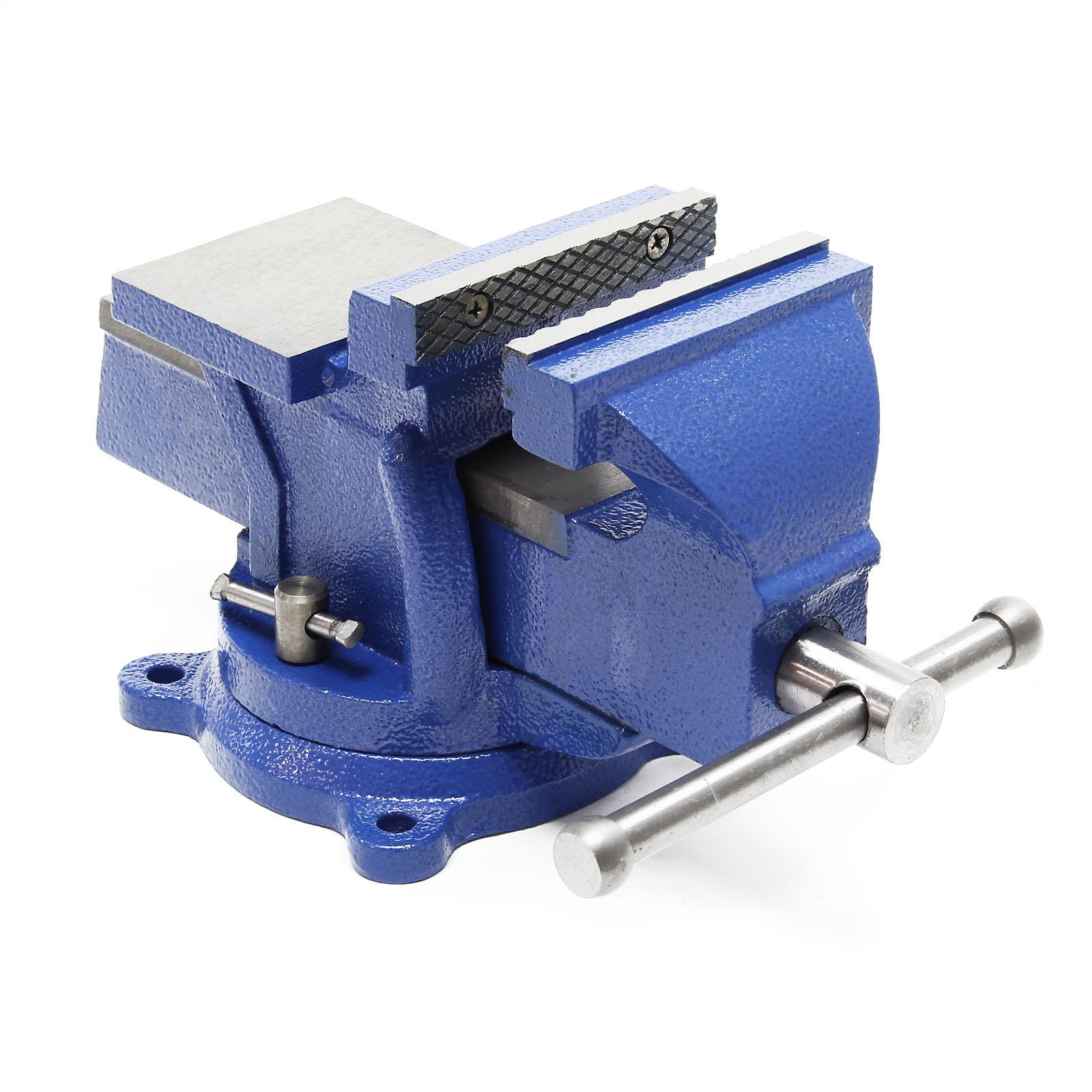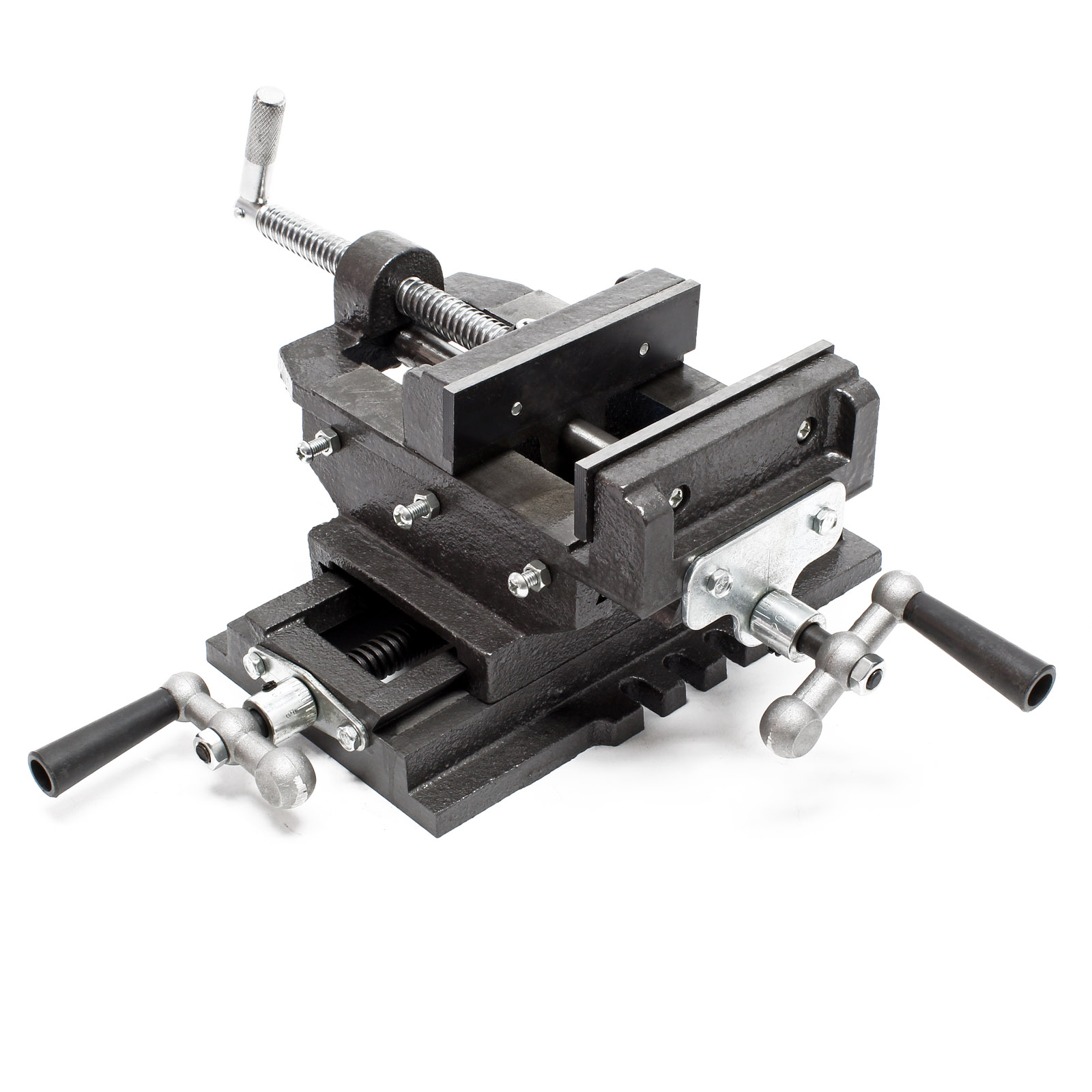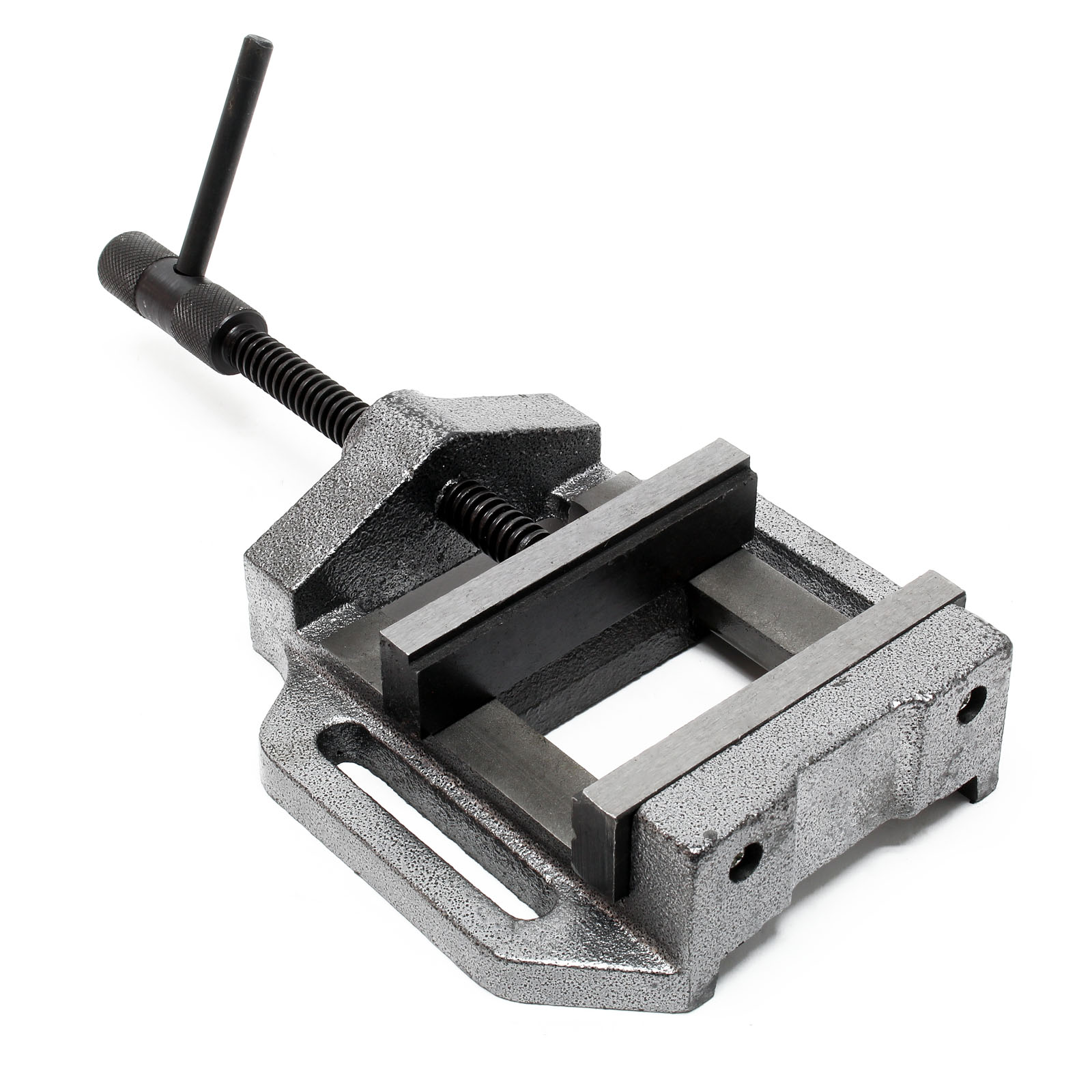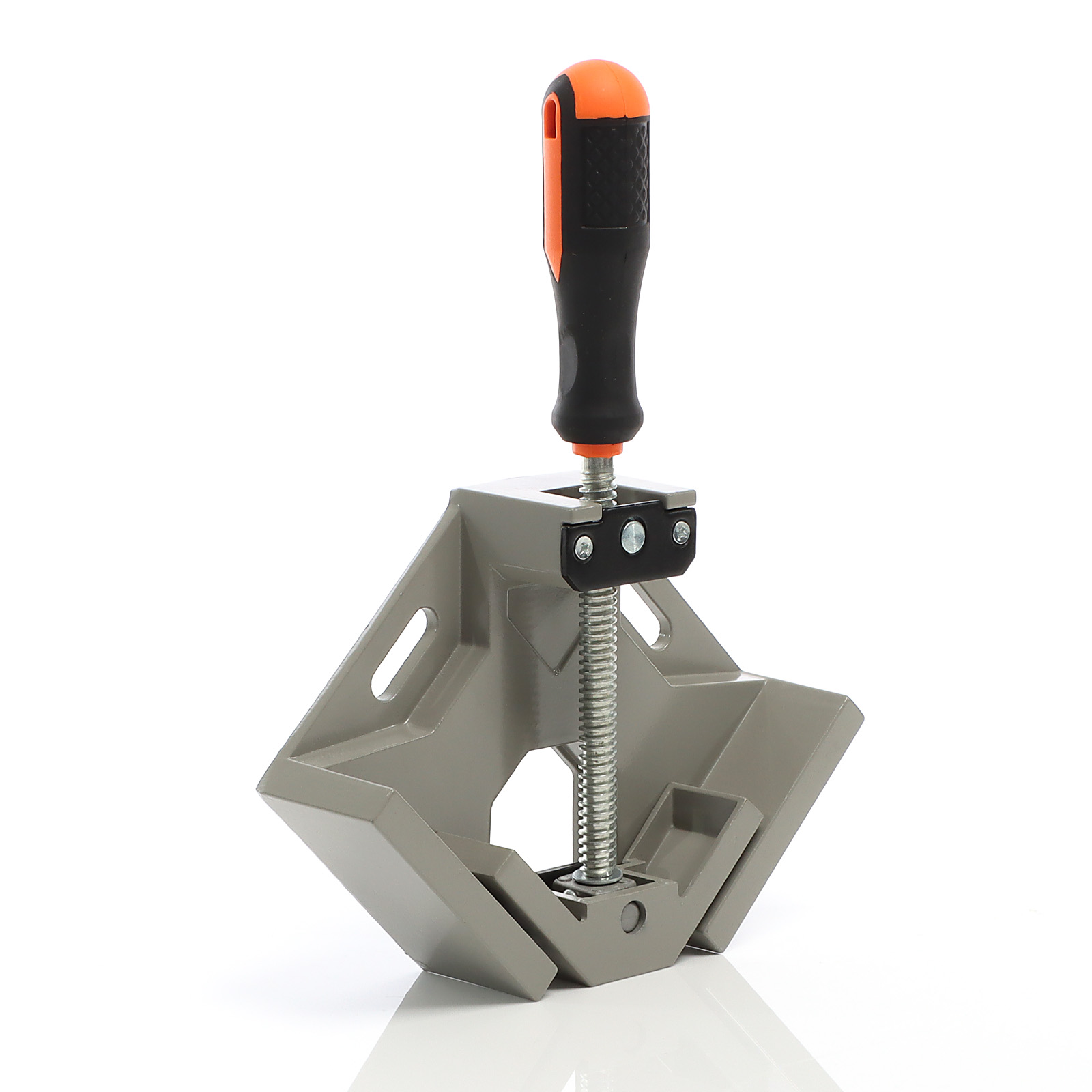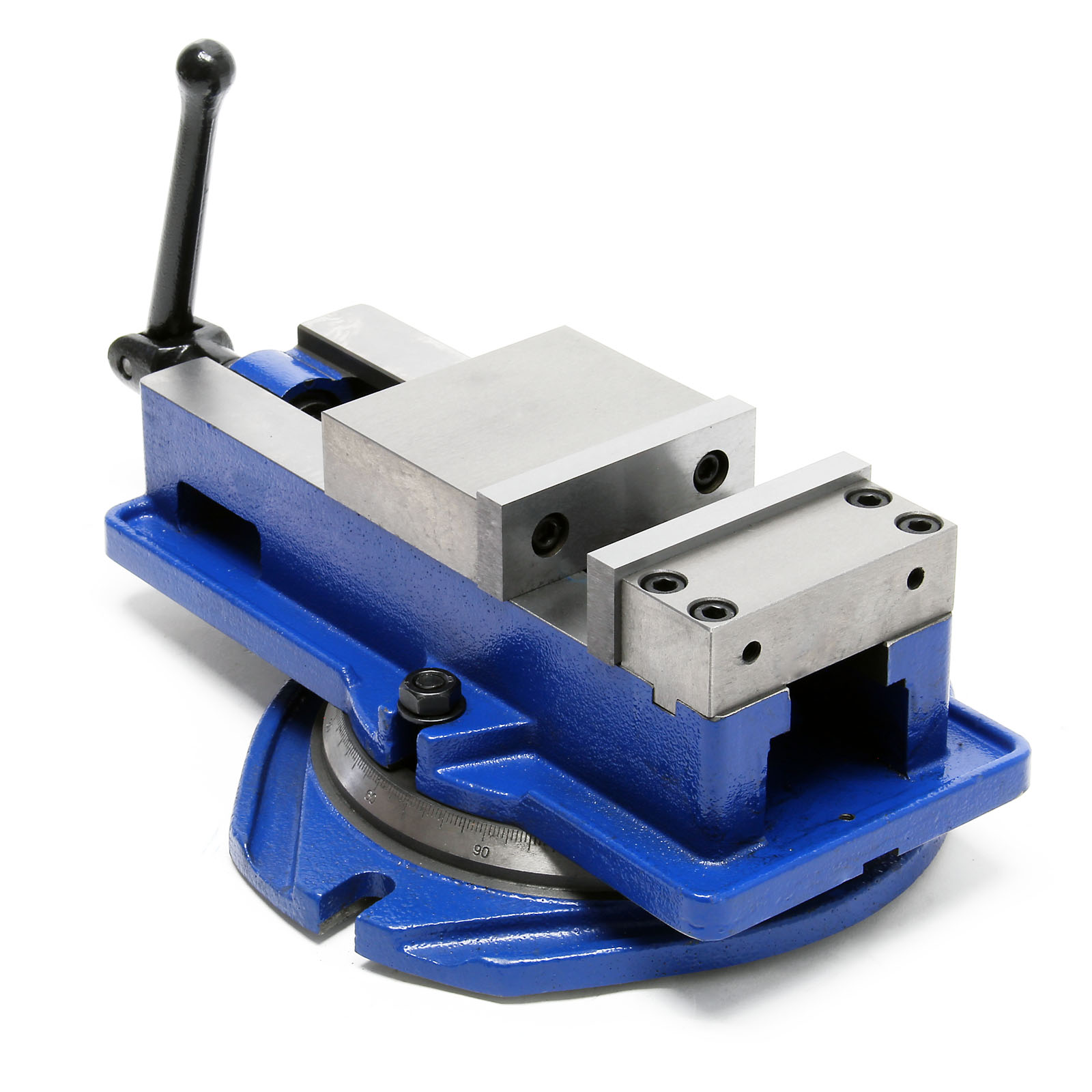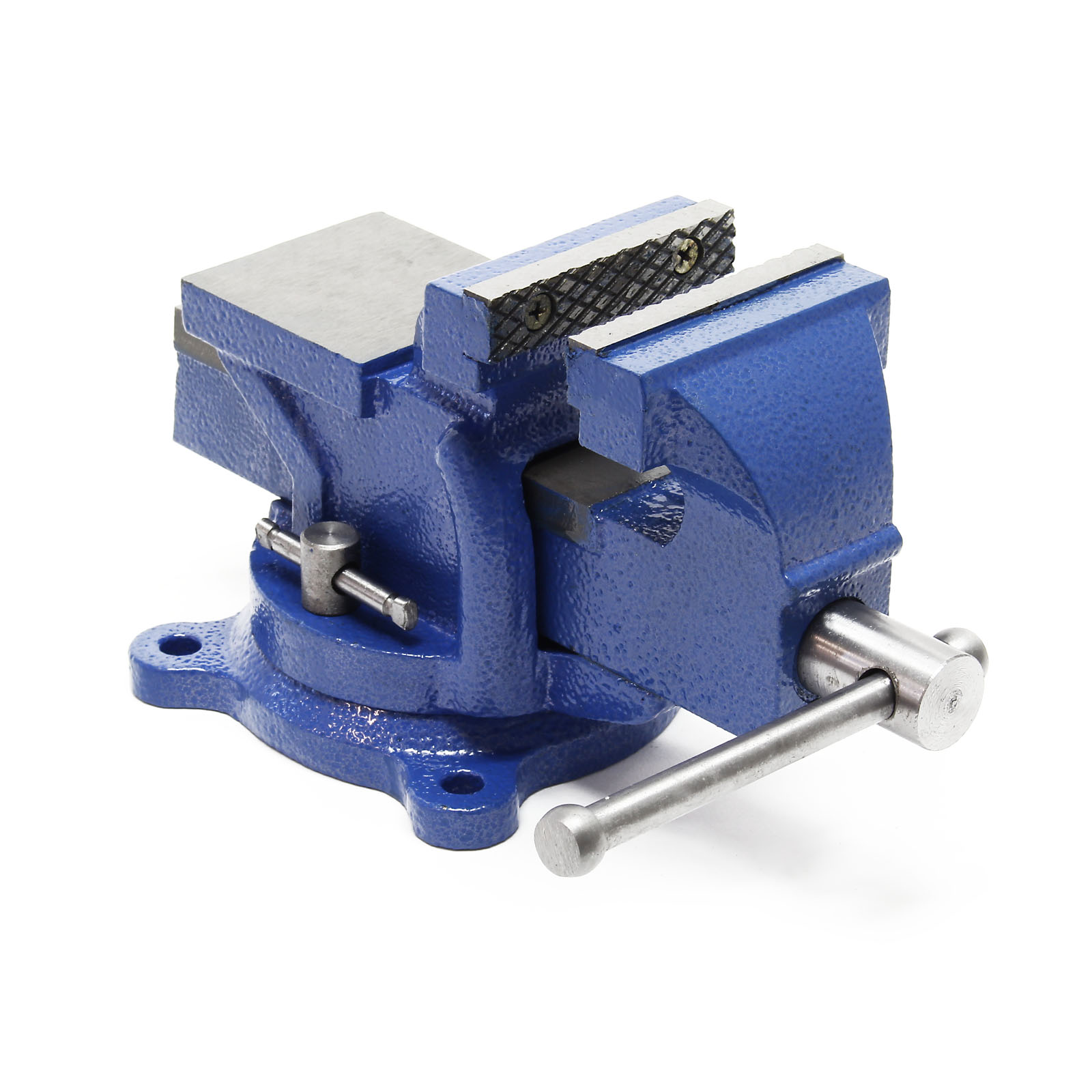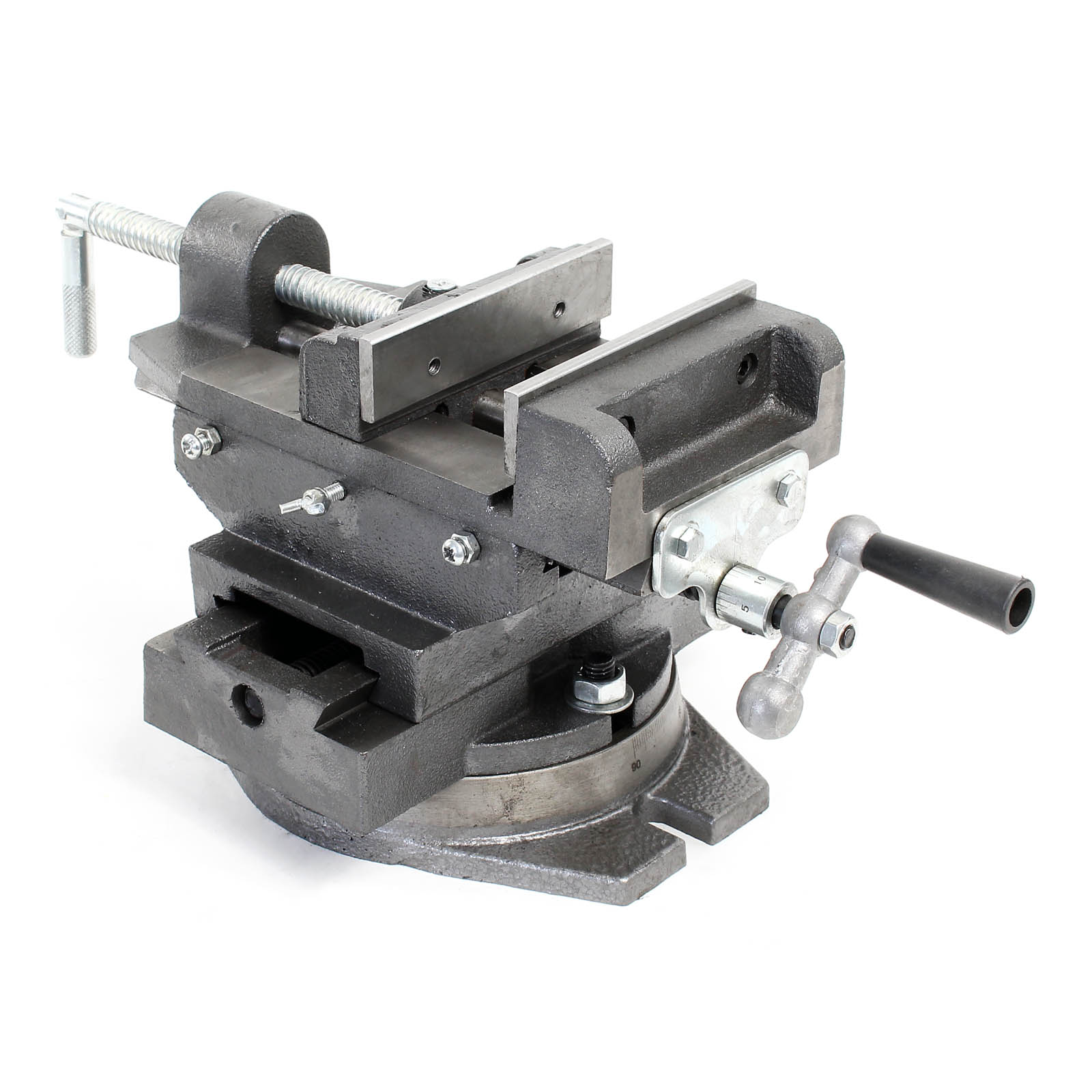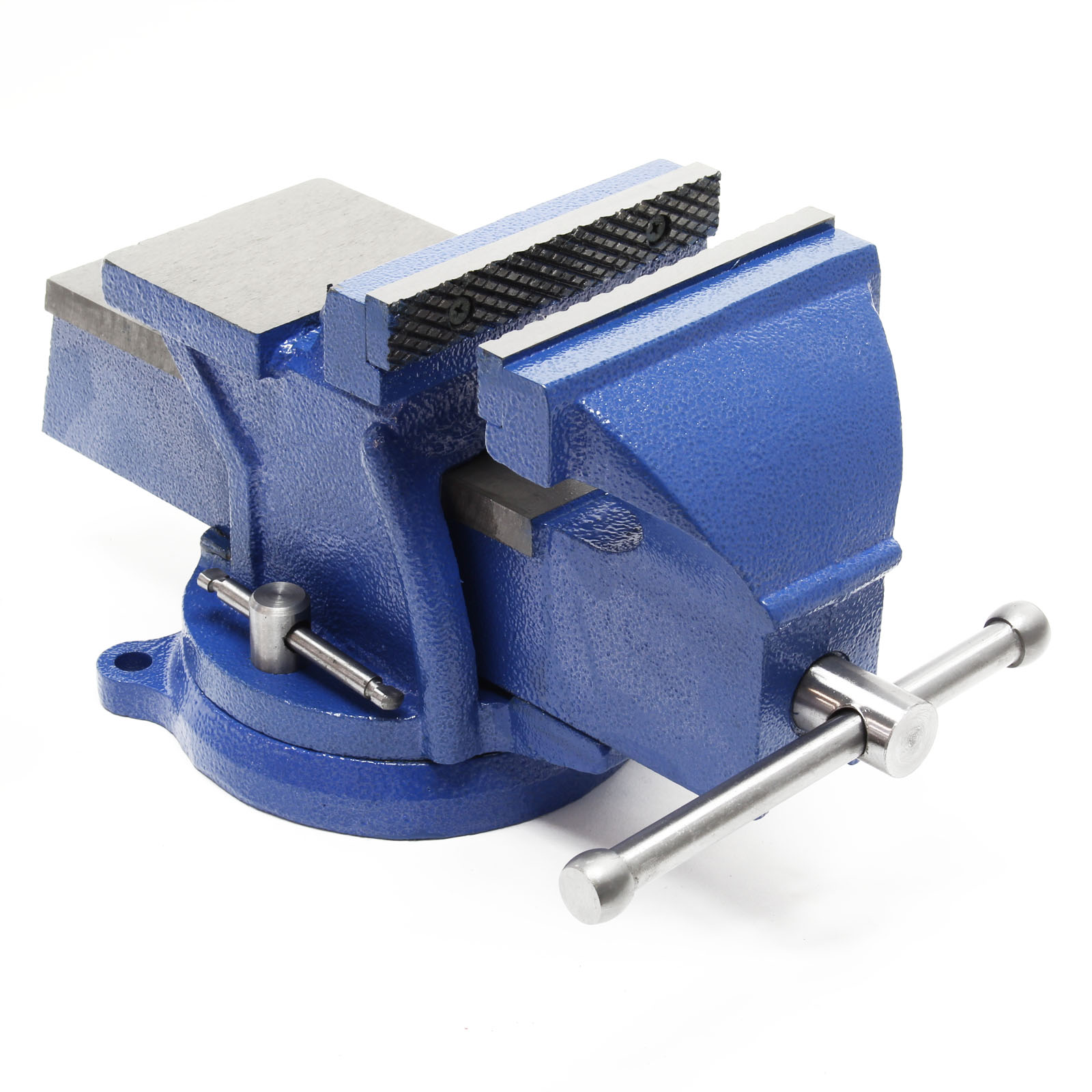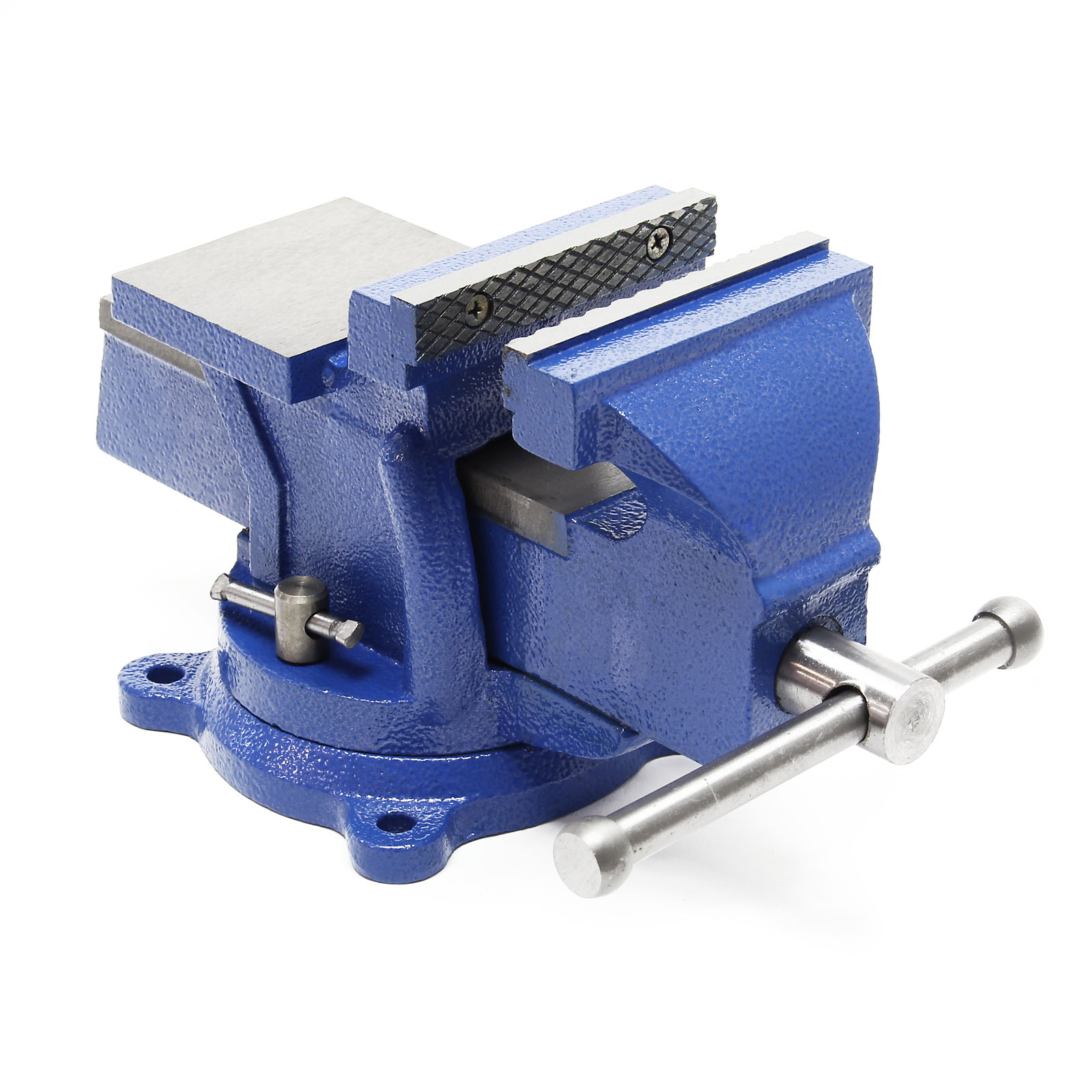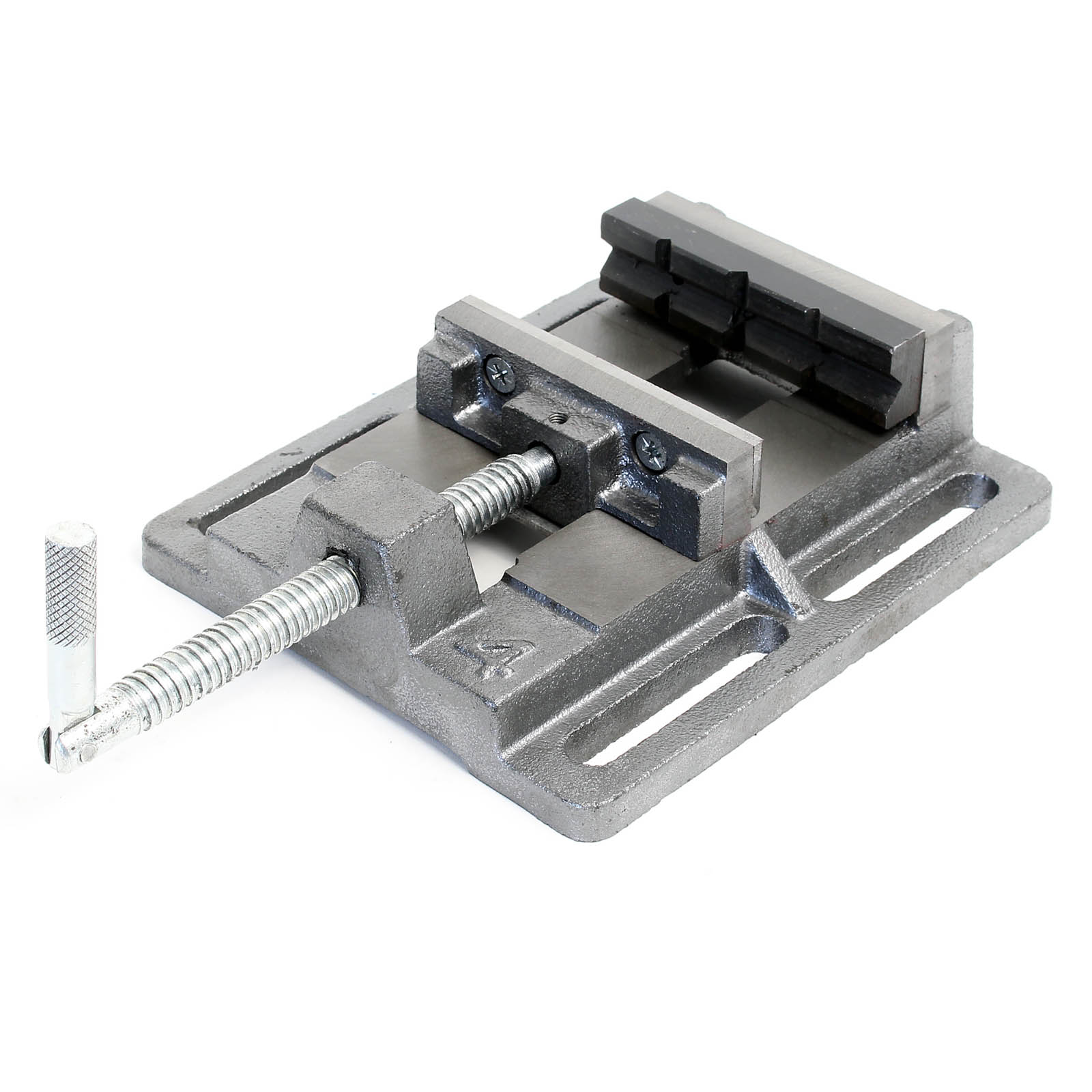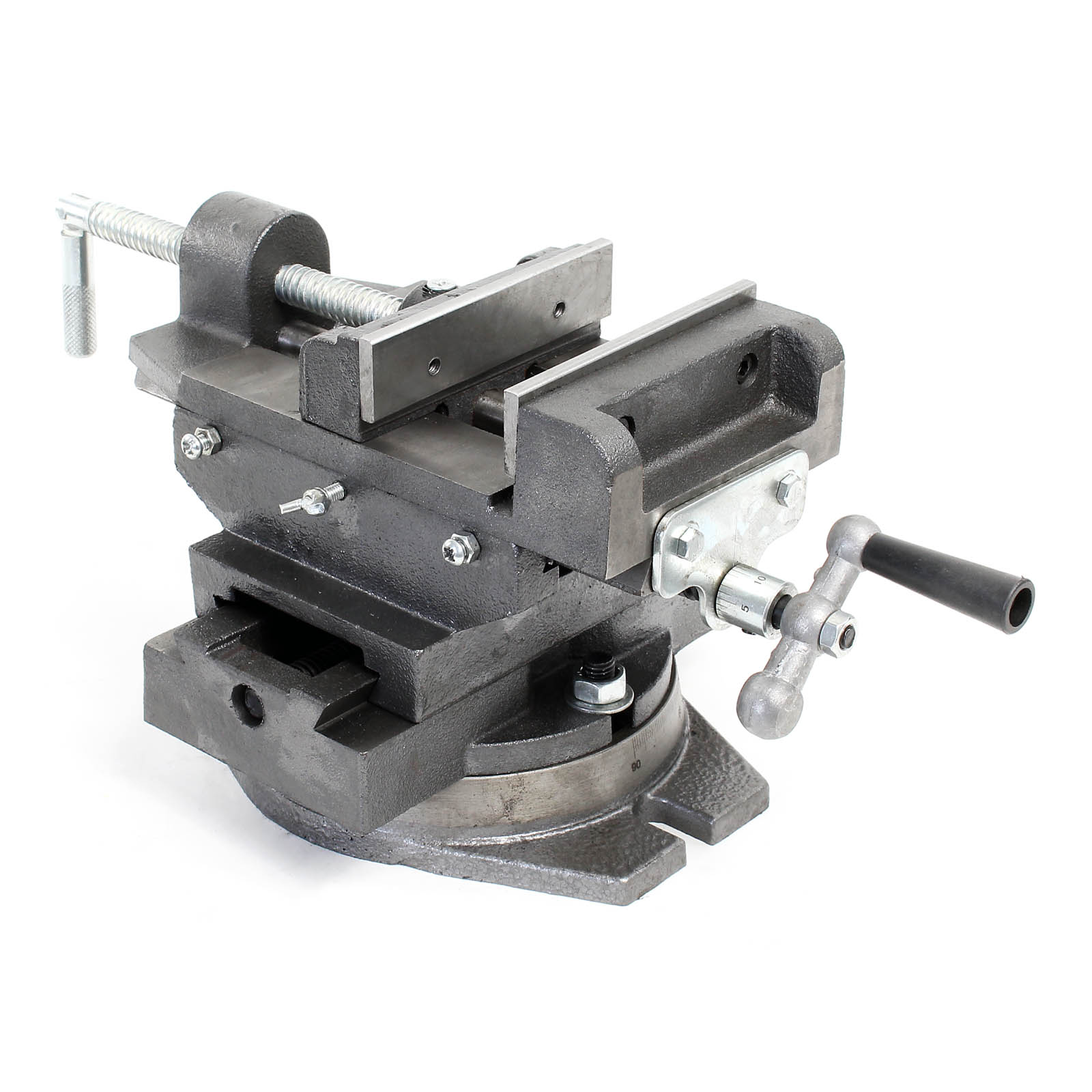Clamps & Vices
Available, delivery time: 2 - 3 days
• Angular accuracy
• Jaw width 100 mm
• Maximum clamping depth 60 mm
• 4 kg
Available, delivery time: 2 - 3 days
• Jaw width 100 mm
• Span width 100 mm
• Clamping depth 37 mm
• Weight 7.5 kg
Available in 25 days, delivery time 2 - 3 days
• Capable of exact settings
• Jaw parallelism: <0,05 / 100 mm
• Jaw width: 100 mm
• With adjustable swivel
Available, delivery time: 2 - 3 days
• Angular accuracy
• Jaw width: 100 mm
• Maximum clamping depth: 75 mm
• Weight: 10 kg
Available, delivery time: 2 - 3 days
• Jaw width: 150 mm
• Jaw height: 26/30 mm
• Clamping range: 130 mm
• Weight: 6.4 kg
Available, delivery time: 2 - 3 days
• Jaw width: 100 mm
• Jaw height: 22/25 mm
• Clamping range: 80 mm
• Weight: 3 kg
Available, delivery time: 2 - 3 days
• Width of clamping jaws 125 mm
• Can be attached to a workbench
• Suitable for machining long workpieces
• With anvil
Available, delivery time: 2 - 3 days
• Jaw width: 75 mm
• Jaw height: 22/25 mm
• Clamping range: 46 mm
• Weight: 2 kg
Available, delivery time: 2 - 3 days
• Easy fixation
• Adjustable axes
• Jaw width: 75mm
• Jaw opening: 75mm
Available, delivery time: 2 - 3 days
• Jaw width: 200 mm
• Jaw height: 26/30 mm
• Clamping range: 185 mm
• Weight: 9 kg
Available, delivery time: 2 - 3 days
• Width of clamping jaws 150 mm
• Can be attached to a workbench
• Suitable for machining long workpieces
• With anvil
Available, delivery time: 2 - 3 days
• Width of clamping jaws 100 mm
• Can be attached to a workbench
• Suitable for machining long workpieces
• With anvil
Available, delivery time: 2 - 3 days
• Easy fixation
• Adjustable axes
• Jaw width: 150mm
• Jaw opening: 150mm
Available, delivery time: 2 - 3 days
• Jaw width: 125 mm
• Jaw height: 26/30 mm
• Clamping range: 95 mm
• Weight: 5 kg
Available, delivery time: 2 - 3 days
• Jaw width: 75 mm
• Jaw height: 28 mm
• Jaw opening: 59 mm
• Weight: 2 kg
Available, delivery time: 2 - 3 days
• Angle spanner made of aluminium with steel shaft
• Adjustable to workpieces of different thickness
• Ergonomic and anti-slip plastic handle
• Suitable for wood, metal, glass, or plastic
Available, delivery time: 2 - 3 days
• Capable of exact settings
• Jaw concurrency <0,05 / 100 mm
• Jaw width: 100 mm
• Adjustable swivel joint
Available, delivery time: 2 - 3 days
• Width of clamping jaws 75 mm
• Can be attached to a workbench
• Suitable for machining long workpieces
• With anvil
Available, delivery time: 2 - 3 days
• Jaw opening: max.110 mm
• Weight: 19kg
• Safe securing
• Rotatable 360 °
Available, delivery time: 2 - 3 days
• 360° swivelling
• Made of aluminium
• E.g., for modelling or fine mechanics
• Jaws: 78 mm
Available, delivery time: 2 - 3 days
• Width of clamping jaws 200 mm
• Can be attached to a workbench
• Suitable for machining long workpieces
• With anvil
Available, delivery time: 2 - 3 days
• Width of clamping jaws 100 mm
• Can be attached to a workbench
• Suitable for machining long workpieces
• With anvil
Available, delivery time: 2 - 3 days
• Jaw width: 75 mm
• Jaw height: 28 mm
• Jaw opening: 100 mm
• Weight: 3 kg
Available, delivery time: 2 - 3 days
• Jaw opening: max.72mm
• Weight: 12kg
• Safe securing
• Rotatable 360 °

